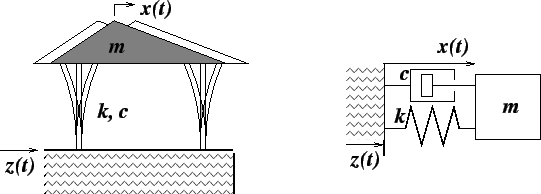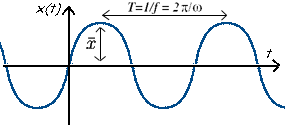
Figure 1: A single-story building is like a single spring-mass-damper system.
A single-story building may be thought of as a single mass (the roof) supported by elastic walls that also have damping. This system behaves similarly to the single spring-mass-damper system you studied last year.

|
|

|
|
| Resonance |
|---|
| Resonance works like pushing someone on a swing. If you push at the right intervals, the person starts going higher and higher, even if you aren't pushing very hard. |